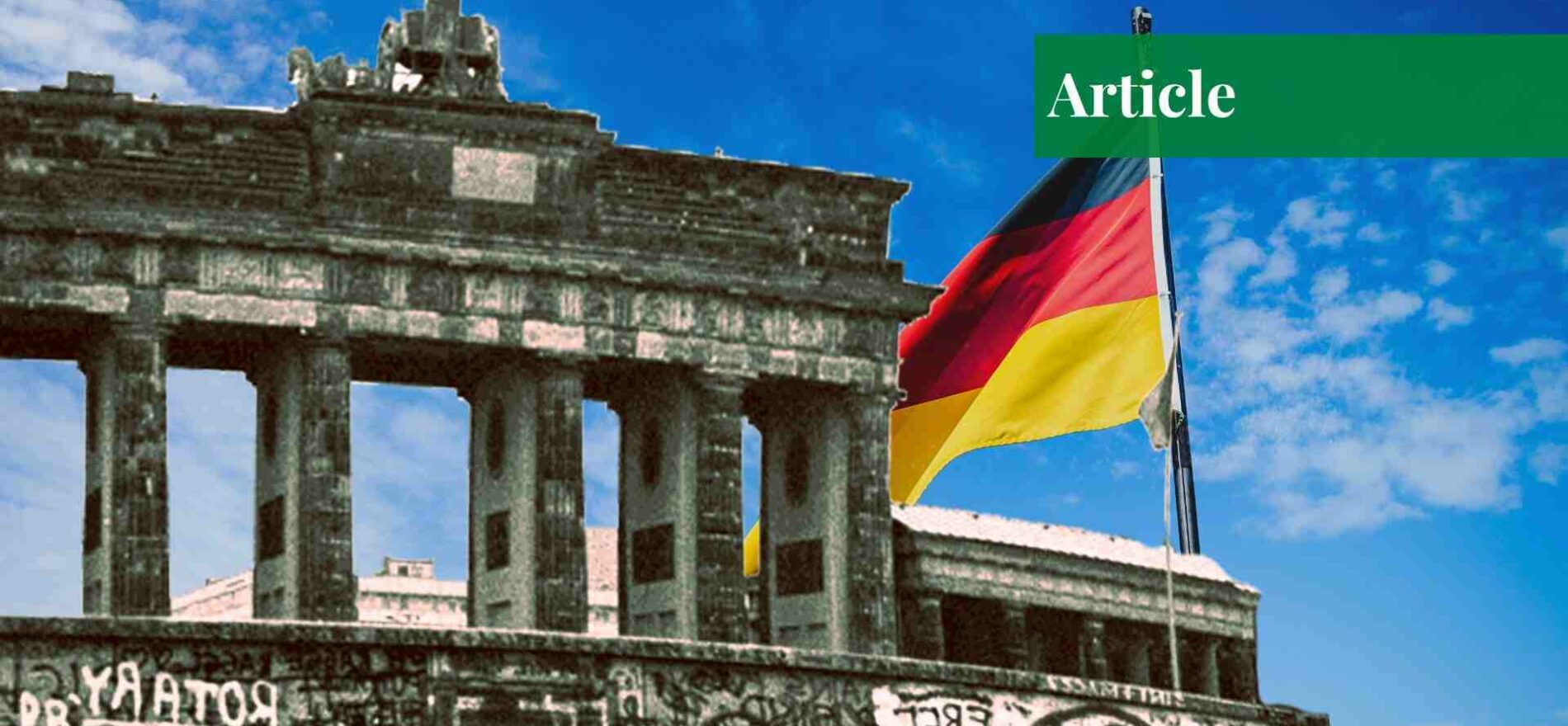Background
Following World War II, the victorious nations decided to divide Germany’s territory into four “Allied occupation zones.” The Soviet Union took control of the country’s eastern region, while the United States, Great Britain, and France took control of its western region.
Hence, Germany officially separated into two sovereign countries in 1949. One was the German Democratic Republic (GDR), popularly known as East Germany, established by the former Soviet occupation zone, while the other was the Federal Republic of Germany (FRG), also known as West Germany, formed by the three Allied zones.
Berlin became an island within communist East Germany since it was totally contained within the Soviet occupation zone. West Germany’s economy rapidly expanded as a result of the economic assistance provided by the occupying forces, while East Germany experienced the opposite.
Rumors began to circulate in 1961, of steps that would be taken to fortify the border and prevent East Germans from emigrating to the West. In August 1961, a physical wall known as the Berlin Wall (die Berliner Mauer) was erected around West Berlin. The East German government was under pressure to relax some of its restrictions on travel to West Germany in 1989 as a result of political upheavals in Eastern Europe and turmoil in Germany.
Günter Schabowski, the East German spokesman, announced at a press conference on 9 November that East German citizens would be allowed to travel to West Germany immediately. Inaccurate reports in the Western media claimed that the border had opened and people swarmed to the checkpoints on either side of the Wall.
People were eventually allowed to cross the border freely once passport checks were discontinued. Berliners from both the East and the West gathered to celebrate since the Berlin Wall’s fall marked the beginning of Germany’s unity.
Global Consequences of the Fall of the Berlin Wall
The immediate effect of the wall’s collapse was to make it possible for estranged families to easily reunite. Also, significant discrepancies between East and West Berlin came to light as a result of years of division and uneven socioeconomic development after the fall of the Berlin Wall. Another effect was that the fall of communism as a whole was symbolized by the destruction of the Berlin Wall.
The tide of history was shifting against communism in Europe by the beginning of 1989. As a result of internal pressures and uprisings, the Soviet Union started to fall apart. In a similar vein, after reunification, communism in Germany as a whole lost a lot of its appeal as socialist administrations behind the Iron Curtain came under intense internal pressure to liberalize and reform.
By falling on November 9, 1989, it opened the door for the emancipation of Central and Eastern European nations that had previously been a part of the Warsaw Pact defensive alliance with the Soviet Union. Along with the expectations and prosperity of the numerous people who had previously resided behind the Iron Curtain, the geopolitics of Eastern Europe underwent upheaval.
NATO membership began with Hungary, the Czech Republic, and Poland in 1999. Bulgaria, Estonia, Latvia, Lithuania, Romania, and Slovakia joined NATO in 2004, followed by Albania and Croatia in 2009, Montenegro in 2017, and North Macedonia in 2020. It says a lot about how powerless Russia was at the time to act when NATO was at war with Serbia, one of Russia’s allies.
NATO and the EU were able to reach Russia’s borders as a result of the fall of the Berlin Wall, the following reunification of Germany, and the collapse of the Soviet Union. Without a significant military battle, the concept of American forces stationed in Poland, a few hundred kilometers from Moscow, did not seem conceivable fifty years ago.
Political shifts in Eastern Europe caused significant changes that forced a reevaluation of European alliances. Also, the drive for greater European integration, which had started in earnest after World War II with the establishment of the European Coal and Steel Community in 1951 and the European Economic Community in 1958, was accelerated by the fall of the Berlin Wall and the dissolution of the Soviet Union.
The Maastricht Treaty of 1992 formally founded the EU, as it laid the groundwork for a shared currency and a unified security and defense policy. The Lisbon Treaty of 2007 provided the current framework for the EU. In accordance with these agreements, the 27 member states agreed to pool their sovereignties and give the EU a wide range of decision-making authority. This made it possible, among other modifications, to establish the Schengen Area, a region without passport requirements.
Conclusion
During the Cold War, the Berlin Wall (or Berliner Mauer in German) served more than just as a physical barrier that divided East and West Berlin—it represented a line dividing communism and capitalism. To sum up, the story of the Wall is one of division and repression, but also of the longing for freedom.
If you want to submit your articles and/or research papers, please check the Submissions page.
The views and opinions expressed in this article/paper are the author’s own and do not necessarily reflect the editorial position of Paradigm Shift.














